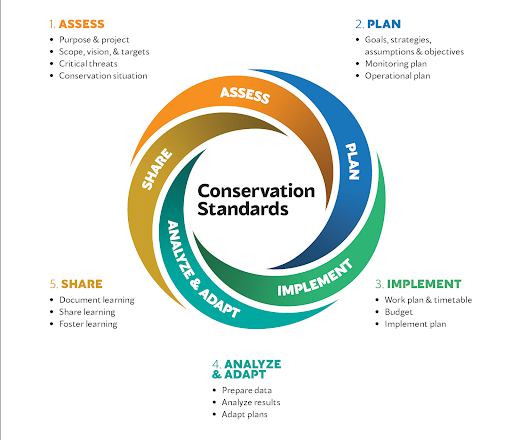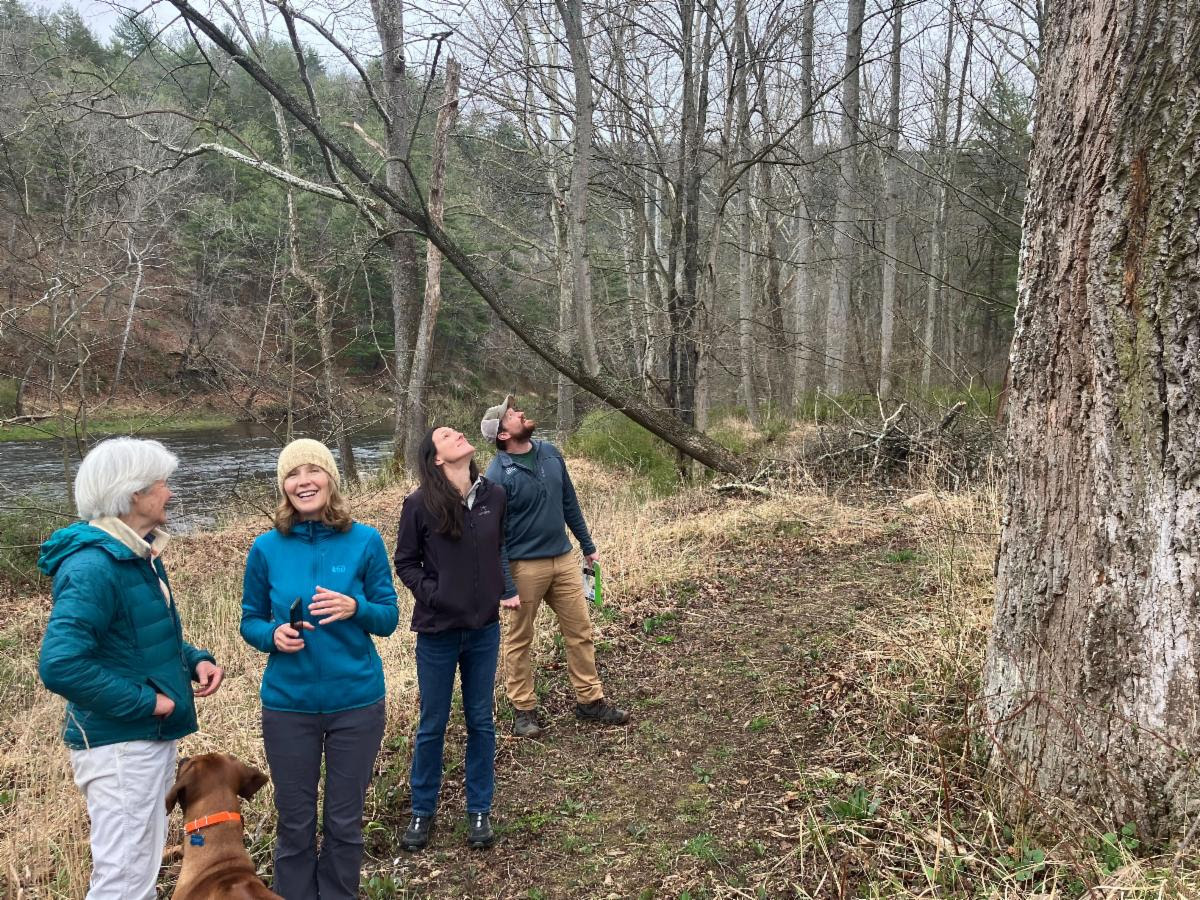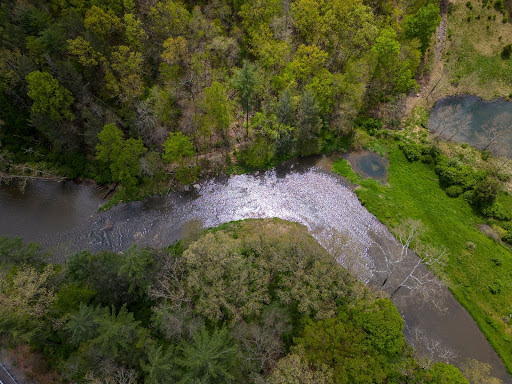The Cacapon & Lost Rivers Watershed
Written by: Jamal Childs
Conservation planning is a crucial step in preserving our natural resources and way of life. In the headwaters of West Virginia, the Cacapon Watershed Collaborative recently completed a Cacapon Watershed Conservation Plan using an innovative process known as Conservation Standards. Following this set of principles and practices that coalesce common-sense project design approaches and concepts, this plan provides a roadmap for partnerships to effectively address environmental challenges and focus on effective strategies and unified goals in a living document that helps partners prioritize conservation and efforts in the region. Their plan stands as an intriguing example, offering valuable lessons for other regions and organizations.
Within the central Appalachian Mountains, the Cacapon and Lost Rivers Watershed of eastern West Virginia is renowned for its ecological significance. As one of the most ecologically beneficial tributaries to the Chesapeake Bay, this region boasts largely intact natural ecosystems, including forest covering about 80% of the watershed. However, proximity to urban areas and rapid development threaten its delicate balance.
Recognizing the urgent need for action, the Cacapon Watershed Collaborative (CWC) was formed to protect these valuable ecosystems and the residents’ way of life. With about 85% of the land in the watershed privately owned, the CWC prioritizes strategies that emphasize landowner collaboration. Their mission is to efficiently increase conservation efforts through partnership, resource-sharing and capacity-building among organizations, local governments and landowners. Marika Suval has suggested that “Collaboratives are all about harnessing the collective wisdom, expertise, and experience of their partners. This can be a complex and daunting task! It helps a lot to use a process that makes it easy to foster collaborative input from a wide and diverse group of people. In the end, success hinges on our ability to capture this collective wisdom and put it into action. We are in a race against time to protect our valuable landscapes and every stakeholder’s creative input is.”

Open Standards for the Practice of Conservation Project Cycle
(Conservation Measures Partnership, 2020)
The creation of the Cacapon Watershed Conservation Plan involved a collaborative effort among various stakeholders following a Conservation Planning approach in a 5 step cycle. It began with a comprehensive assessment of the watershed’s ecological health, identifying key threats and conservation priorities. Second, in the planning phase, through extensive stakeholder engagement, including landowners, conservation organizations and government agencies, the plan’s strategies and goals were developed to address these challenges effectively. Third, the team is now moving into the implementation phase where they will prioritize strategies, build work plans, and develop monitoring plans to implement their strategies and collect data to ensure they’re advancing toward their overarching goals. Now they are in the Implementation phase. A key tenet of the Conservation Standards process is “Sharing.” In that vein, the CWC endeavors to share any evidence it gathers, and any lessons it learns with local, regional partners and the greater conservation community.
The Cacapon Watershed Conservation Plan serves as a roadmap for other partnerships seeking to preserve their natural resources. By emphasizing collaboration and stakeholder engagement, the plan offers valuable lessons for the CCP and beyond. As conservationists confront similar challenges in their respective regions, the CWC’s approach provides a model for effective planning and action.

Left to right – Nancy Ailes, Marika Suval and Emily Warner of Cacapon and Lost Rivers Land Trust, and Nathan Heavener from Trout Unlimited.
A major lesson individuals can learn from studying CWC’s approach is that collaboration is key. Engaging stakeholders from diverse backgrounds takes a lot of effort and organization.
“In conservation, as in life, change is the only constant. Therefore, flexible processes and tools, along with a commitment to use uncertainty – and even failure – to adaptively improve strategic plans, are key.” Marika Suval recommends continuously assessing and adjusting conservation strategies based on evolving environmental conditions and community needs. Lastly, prioritizing land owner collaboration to empower and support the landowners to protect and steward their land for future generations. The Cacapon Watershed Conservation Plan exemplifies the power of collaboration in protecting natural resources. As conservationists across the Chesapeake Bay Watershed consider their planning process, they can draw inspiration and insight from the innovative approach of the CWC.
As partners that helped lead the development of this plan, members of Cacapon and Lost Rivers Land Trust, Inc are happy to share insights as well as help with sharing data, evidence, and ‘lessons learned’ as a key step of the Conservation Standards strategic planning & implementation process this plan is following. For more information on the Cacapon Watershed Conservation Plan and the work of the Cacapon Watershed Collaborative, please contact [email protected]
Image credit:
- Cacapon & Lost Rivers Land Trust
- Cacapon & Lost Rivers Land Trust
- Ben Alexandro, CCP
Lightning Update is a regular communication of the Chesapeake Conservation Partnership. Any opinions expressed are those of the authors and do not necessarily reflect positions of the Partnership or member organizations.
To share a success story, news, or important event, send your information to:
Support for the Chesapeake Conservation Partnership is provided by:
National Park Service Chesapeake
EPA Chesapeake Bay Program
USDA Forest Service
Pennsylvania Department of Conservation & Natural Resources
Maryland Department of Natural Resources
Virginia Outdoors Foundation
US Fish & Wildlife Service
Chesapeake Conservancy
The Chesapeake Conservation Partnership is co-convened by:




